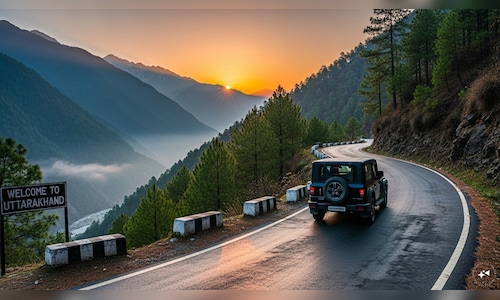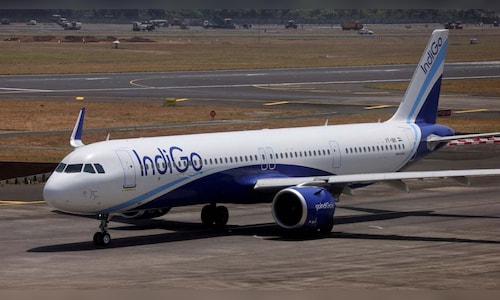According to the transport department, the tax will vary by vehicle type. Small passenger vehicles will be charged ₹80, small goods carriers ₹250, buses ₹140, and trucks between ₹120 and ₹700, depending on their weight.
Revenue collected from the tax may be used to fund measures to reduce air pollution. The initiative comes as the state prepares for an influx of tourists and vehicles during the winter season, when many visitors travel to Uttarakhand from neighbouring states.
State Additional Transport Commissioner Sanat Kumar Singh said the system will rely on Automatic Number Plate Recognition (ANPR) cameras installed along Uttarakhand’s borders. These cameras will record registration numbers of incoming vehicles. The number of cameras has been increased from 16 to 37 to ensure full border coverage.
A private vendor appointed by the transport department will handle tax collection. The ANPR cameras will transmit vehicle data to the vendor through specialised software. This software will filter out Uttarakhand-registered, government, and two-wheeler vehicles, and send the remaining information to the National Payments Corporation of India (NPCI) database.
From there, wallet numbers of vehicle owners will be identified, and the applicable tax amount will be automatically deducted and credited to the state transport department’s account.
Officials stated that the green tax is part of Uttarakhand’s broader strategy to reduce emissions and promote sustainable travel. Similar levies are already in place in states such as Andhra Pradesh, Telangana, Karnataka, Maharashtra, Uttar Pradesh, and Jharkhand.
The Ministry of Road Transport and Highways has said such taxes are meant to make vehicle owners bear the cost of pollution their vehicles cause, discourage the use of older and more polluting cars, and promote cleaner transportation.






